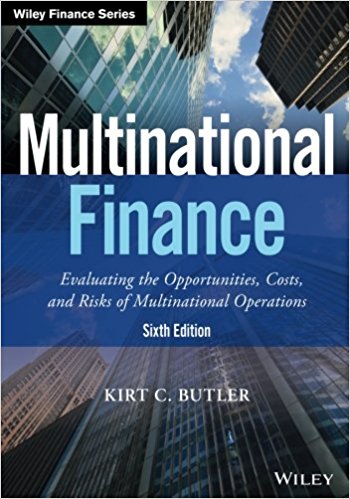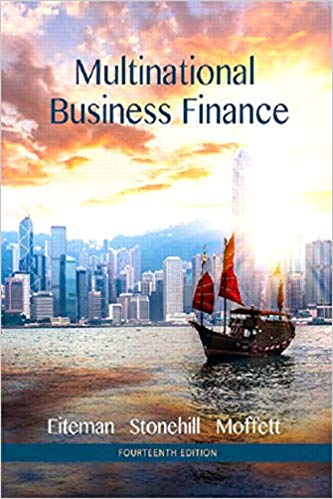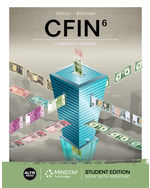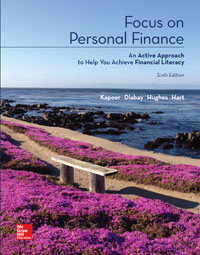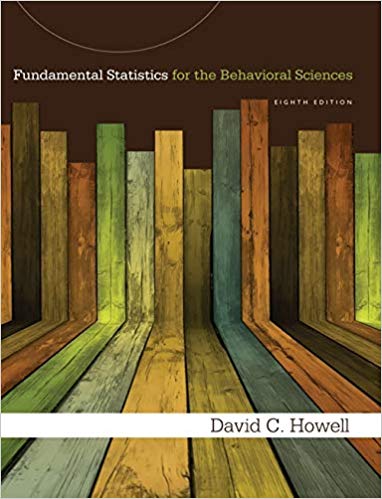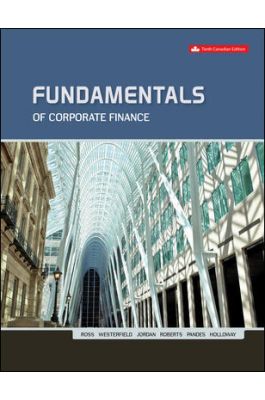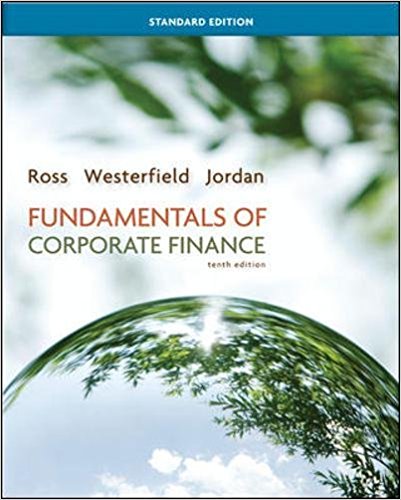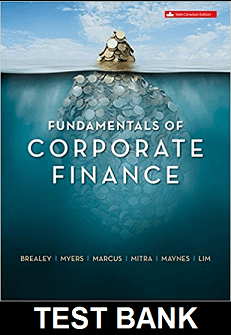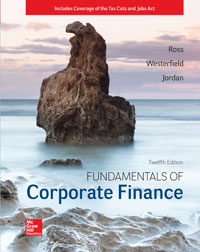Test Bank For Multinational Finance: Evaluating the Opportunities, Costs, and Risks of Multinational Operations 6th Edition
James: Nursing Care of Children: Principles and Practice, 3rd Edition
Do you need test banks fast? eTestBank.net is the best test bank website for you! Download your test bank right after you pay. No waiting!
Why eTestBank.net is Great:
✅ Instant Download:
Get your test bank right away after payment.
✅ Unlimited Downloads:
Download your test bank anytime and as many times as you want.
✅ 24/7 Live Help:
We are here to help you all day, every day.
✅ Guaranteed Delivery:
If you don’t get the download right away, we will send it to you in 3 to 6 hours.
How to Get Your Test Bank:
- Pick Your Test Bank: Choose from many test banks.
- Pay Safely: Pay securely on eTestBank.net.
- Download Instantly: Get your test bank immediately after payment.
- Download Anytime: Unlimited downloads whenever you need them.
Need Help? Contact Us:
📧 Email: [Support@etestbank.net]
📱 WhatsApp: [https://wa.me/message/MC222DLQ4GDXL1r]
Didn’t Get Your Download?
Don’t worry! If you don’t get the file right away, we’ll send it to you in 3 to 6 hours. Need it sooner? Contact us by email or WhatsApp.
💡 Buy now from eTestBank.net for instant downloads, unlimited access, and 24/7 support—get your test bank today!
Chapter 4 The International Parity Conditions and Their Consequences
Notes to instructors:
Answers to non-numeric multiple-choice questions are arranged alphabetically so that answers are randomly assigned to the five outcomes.
True/False
1. The law of one price states that “Equivalent assets sell for the same price.”
True.
2. Pure or riskless arbitrage is defined as a profitable position obtained with no net investment and no risk.
True.
3. Speculators make their profit from situations in which they have no net investment and no risk.
False. They typically have an investment at risk.
4. The actions of arbitrageurs promote the law of one price in currency markets.
True.
5. Arbitrageurs pursuing covered interest arbitrage are hoping to make a profit by putting their own money at risk.
False. Pure (or riskless) arbitrage involves no risk.
6. Real assets are more likely to conform to the law of one price than financial assets.
False. Because market frictions are generally lower for financial assets than for real assets, financial assets are more likely to conform to the law of one price.
7. Prices in two currencies are related through the equation Vd = Vf Sd/f.
True.
8. Prices in two currencies are related through the equation Vd = Vf / Sd/f.
False. Prices are related through the equation Vd = Vf Sd/f or, equivalently, Vd / Vf = Sd/f.
9. Prices in two currencies are related through the equation Vd = Vf / Sf/d.
True. Vd = Vf Sd/f = Vf / Sf/d.
10. Locational arbitrage ensures that bilateral exchange rates are in equilibrium.
True.
11. Even if quoted exchange rates do not allow arbitrage, banks quoting the lowest offer prices in a currency will attract the bulk of customer purchases in that currency.
True.
12. A bank is in a long euro and short yen position when it has purchased euros and sold yen.
True.

